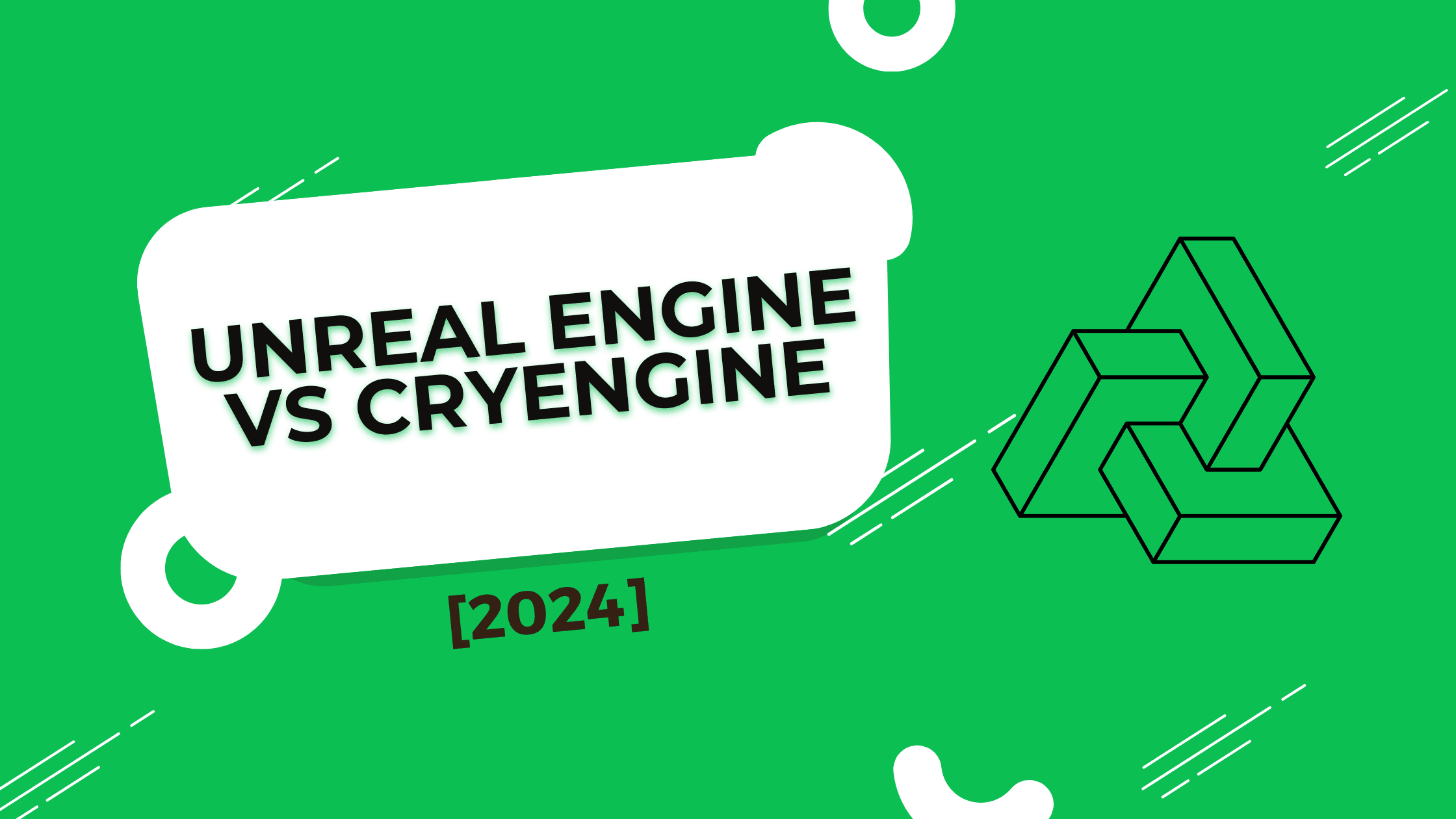UI Review Ultimate Checklist: Elevating User Experience in Digital Products
In today’s competitive digital landscape, creating a user interface (UI) that not only looks great but also provides an exceptional user experience (UX) is crucial for the success of any digital product. Whether you’re working on a web application, mobile app, or any other digital interface, conducting thorough UI reviews is essential to ensure your product meets user needs and business goals. At Codelivery, we specialize in crafting comprehensive, custom business applications that seamlessly integrate with your unique processes, even where other solutions fall short.
In this ultimate checklist, we’ll explore the key aspects of UI review and how it can dramatically improve the user experience of your digital products. From concept to implementation, Codelivery is your partner in creating and deploying tailored business applications that perfectly align with your distinct processes.
Why UI Reviews Matter
Before diving into the checklist, let’s understand why UI reviews are crucial:
- Enhance User Experience: A well-designed UI leads to a positive experience, keeping users engaged and satisfied.
- Improve Usability: Identifying and fixing usability issues early can save time and resources in the long run.
- Boost Conversion Rates: An intuitive interface can significantly impact user behavior and improve conversion rates.
- Maintain Consistency: Regular reviews ensure that your UI design follows established guidelines and maintains a cohesive look and feel.
- Identify Problems Early: Catching UI and UX issues early in the development cycle can prevent costly redesigns later.
Now, let’s explore the comprehensive UI review checklist that will help you create outstanding user interfaces and experiences.
The Ultimate UI Review Checklist
1. Visual Design and Consistency
- Check if the UI design aligns with the brand guidelines
- Ensure consistent use of colors, typography, and spacing
- Verify that icons and other design elements are cohesive and meaningful
- Review the overall visual hierarchy and composition
2. Layout and Responsiveness
- Test the layout on various screen sizes and devices
- Ensure proper alignment and spacing of UI elements
- Check for responsive behavior and appropriate breakpoints
- Verify that content is easily readable on all devices
3. Navigation and Information Architecture
- Evaluate the clarity and intuitiveness of the navigation structure
- Check if the user flow is logical and efficient
- Ensure that users can easily find key information and features
- Verify that breadcrumbs or other navigation aids are present where necessary
4. Interaction Design
- Review the functionality of all interactive elements (buttons, forms, etc.)
- Ensure that hover and active states are clearly defined
- Check for appropriate feedback on user actions
- Verify that gestures and animations enhance the user experience
5. Content and Copy
- Review all text for clarity, conciseness, and tone
- Check for consistent terminology throughout the interface
- Ensure that error messages are helpful and user-friendly
- Verify that all necessary information is present without overwhelming the user
6. Accessibility
- Check color contrast ratios for text and important UI elements
- Ensure that the interface is keyboard-navigable
- Verify that appropriate alt text is provided for images
- Test the interface with screen readers and other assistive technologies
7. Performance and Load Times
- Evaluate the loading speed of the interface on various devices and connections
- Check for any lag or delays in interactions
- Ensure that large media files are optimized for web use
- Verify that the interface remains responsive under different network conditions
8. Error Handling and Edge Cases
- Test how the interface handles various error scenarios
- Ensure that error messages are clear and provide solutions
- Check how the UI behaves with different types and amounts of content
- Verify that the interface gracefully handles unexpected user actions
9. Consistency Across Platforms
- If applicable, compare the UI across different platforms (web, iOS, Android)
- Ensure that the core experience is consistent while respecting platform-specific guidelines
- Check for any discrepancies in functionality between platforms
10. User Testing and Feedback
- Conduct user testing sessions to gather real-world feedback
- Analyze user behavior and identify pain points
- Collect and review user feedback from various channels
- Iterate on the design based on user insights and data
Tools and Techniques for Effective UI Reviews
To streamline your UI review process, consider using the following tools and techniques:
- Figma: A collaborative design tool that allows for easy sharing and commenting on designs.
- Chromatic: Automates visual testing for UI components, helping to catch visual regressions.
- UI Designs on Dribbble: A great source of inspiration from the world’s best designers.
- Heuristic Evaluation: Apply Nielsen’s usability heuristics to assess the interface systematically.
- A/B Testing: Compare different versions of your UI to determine which performs better.
- Heat Maps: Visualize user interaction patterns to identify areas for improvement.
- Usability Testing Software: Tools like UserTesting or Hotjar can help you gather valuable user insights.
Integrating UI Reviews into Your Development Workflow
To ensure that UI reviews become an integral part of your development process, consider the following steps:
- Incorporate UI Reviews into Your Git Workflow: Use pull requests to review UI changes before merging them into the main branch.
- Automate Visual Regression Testing: Use tools like Chromatic to automatically detect visual changes in your UI.
- Create a UI Review Template: Develop a standardized checklist tailored to your product’s specific needs.
- Involve Cross-Functional Teams: Include product managers, developers, and other stakeholders in the review process.
- Set Up Regular Review Sessions: Schedule periodic UI review meetings to address ongoing issues and improvements.
Frequently Asked Questions
Q: How often should we conduct UI reviews? A: It’s best to conduct UI reviews throughout the development process, especially before major releases or significant changes.
Q: Who should be involved in UI reviews? A: Ideally, UI reviews should involve designers, developers, product managers, and even end-users for comprehensive feedback.
Q: How can we balance aesthetics with usability in our UI design? A: Focus on creating a visually appealing interface that also prioritizes user needs and task efficiency. Regular user testing can help strike this balance.
Q: What’s the difference between a UI review and a UX review? A: While a UI review focuses on the visual and interactive elements of the interface, a UX review encompasses the entire user journey and overall experience with the product.
Conclusion
Conducting thorough UI reviews is essential for creating digital products that not only look great but also provide an exceptional user experience. By following this comprehensive checklist and integrating UI reviews into your development workflow, you can identify and address issues early, leading to more user-friendly and successful products.
At Codelivery, we understand the importance of creating tailored, high-quality user interfaces that perfectly align with your business processes. Our expertise in developing custom business applications, from concept to implementation, ensures that your digital products not only meet but exceed user expectations.
Want more inspiration or need help with your UI review process? Contact Codelivery today to learn how our comprehensive approach to software development can elevate your digital products and keep your customers happy.
Remember, a great UI is more than just aesthetics – it’s about creating a seamless, intuitive experience that keeps users coming back. With Codelivery’s expertise in crafting bespoke business applications, you can rest assured that your digital products will stand out in today’s competitive market.
Links: Explore our custom software development process External Link: Check out UI designs on Dribbble for inspiration












